What you’ll learn
- Learn to identify different types of lines and interpret orthographic/isometric/oblique projections
Requirements
- No material is needed, this course is designed to give a better understanding of blueprint reading.
Description
- If you are just starting out in the welding world, odds are that at some point in your career you will be required to read welding blueprints in order to complete your job. At the end of the course, you will better understand the basic lines and views associated with blueprint reading and know how your supervisor want the weld to be accomplished. These instructions often include which type of weld to be used, the size of the weld, how many similar welds need to be performed, and tell the welder which joint the weld should be made. You will go over the basic lines which includes object line, hidden lines, center lines, extension lines, dimension lines, leader lines, cutting plane lines, section lines, short break lines, long break lines and phantom lines. Reading welding blueprints can be very complicated and confusing on occasions. But after you have gained some experience in reading blueprints it will become second nature. As with all welding techniques, with some time and practice you will soon began to master the processes.
Blueprint interpretation
- Identify the lines on blueprints
- Identify the abbreviations used
- Identify different views
Welding symbols
- Identify various weld symbols
- Identify different parts of the welding symbol
- Learn specific instructions on how to make the weld
Who this course is for:
- This blueprint reading for welders is meant for beginners who are not familiar with blueprint drawings/or students looking for a quick refresher’ on blueprint reading. This course is probably not for you if you are looking for more advanced and complete blueprint reading.
